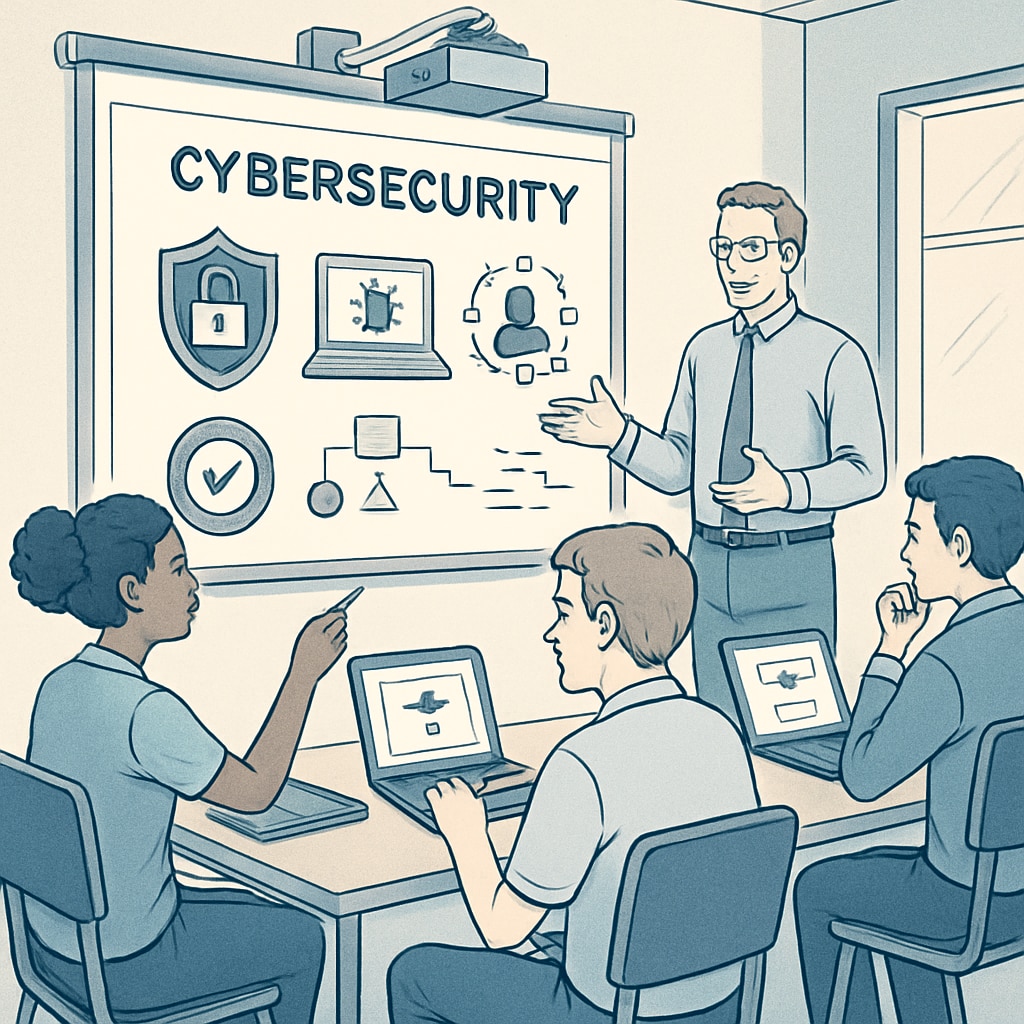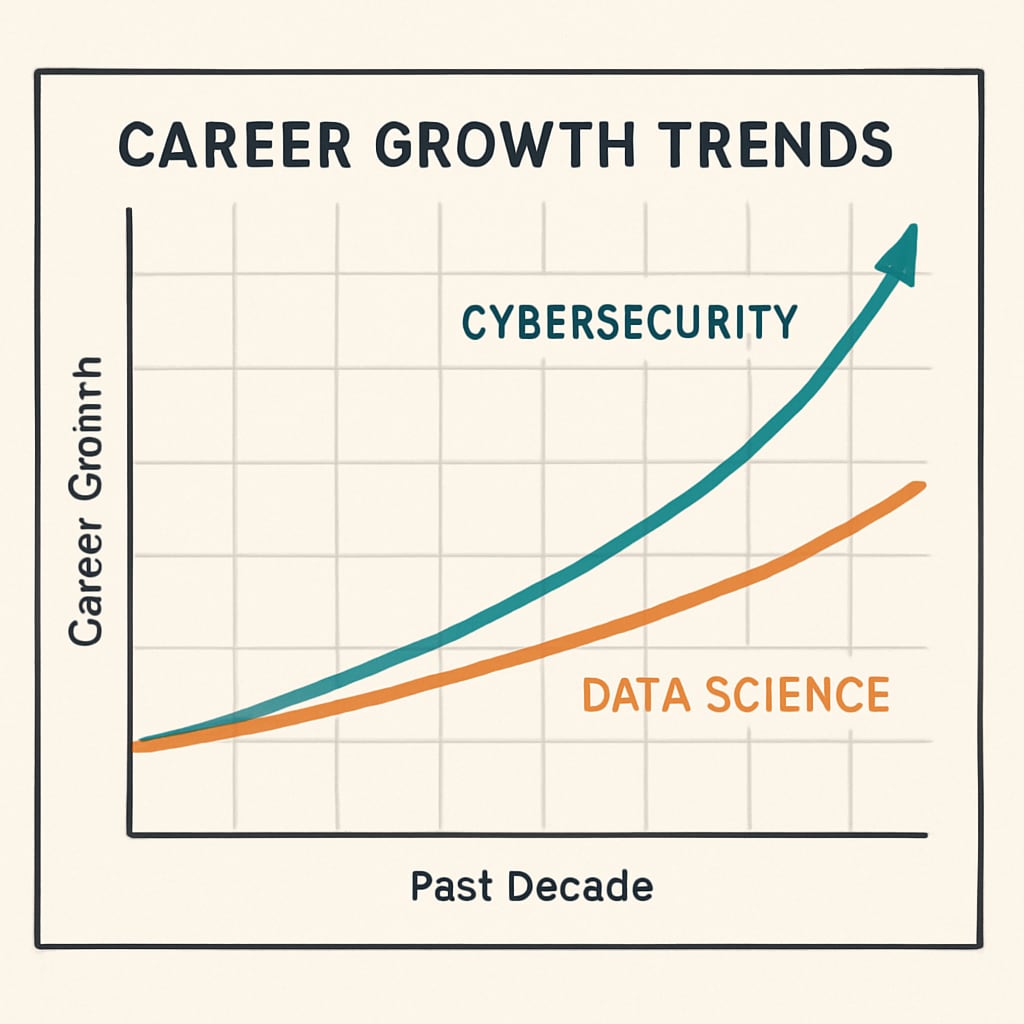In today’s rapidly evolving digital age, the fields of cybersecurity and data science have emerged as crucial areas of focus within K12 education. Integrating these subjects into foundational learning not only equips students with essential technical skills but also opens doors to diverse career pathways. By nurturing early interest in these disciplines, educators can inspire the next generation of professionals who will shape the future of technology and security.

Why Cybersecurity and Data Science Matter in K12 Education
Cybersecurity and data science are no longer niche areas; they are integral to modern society. Cybersecurity protects sensitive data from breaches and malicious attacks, while data science enables businesses and governments to make data-driven decisions. Introducing these concepts in K12 education helps students develop critical thinking, problem-solving, and analytical skills, all of which are necessary for navigating a technology-driven world.
For example, teaching students about online safety and encryption can not only protect them from cyber threats but also spark interest in cybersecurity careers. Similarly, data visualization exercises allow students to understand patterns and trends, laying the groundwork for future roles in data analytics or machine learning.
Career Opportunities in Cybersecurity and Data Science
The career prospects in cybersecurity and data science are vast and growing. According to the U.S. Bureau of Labor Statistics, cybersecurity jobs are expected to grow by 35% from 2021 to 2031, much faster than the average for all occupations. Positions such as cybersecurity analysts, penetration testers, and security architects are in high demand.
On the other hand, data science roles like data analysts, machine learning engineers, and business intelligence specialists are equally promising. The ability to extract insights from large datasets has become a cornerstone for industries ranging from healthcare to finance. As a result, professionals in these fields are not only in demand but also command competitive salaries.

Preparing Students for Future Careers
To effectively prepare students for careers in cybersecurity and data science, K12 educators must adopt a multidisciplinary approach. This can include:
- Introducing coding and programming languages early, such as Python, which is widely used in both fields.
- Providing hands-on experience through projects like building simple encryption algorithms or analyzing datasets.
- Collaborating with industry professionals for guest lectures and mentorship programs.
- Encouraging participation in competitions like cybersecurity challenges or data science hackathons.
Additionally, schools can integrate modules on ethics and privacy to help students understand the societal implications of their work in these fields.
The Impact on Students’ Lives and Career Choices
Early exposure to cybersecurity and data science can significantly impact students’ career trajectories. It fosters curiosity and provides a clear understanding of the skills needed to excel in these industries. Moreover, these fields offer flexibility and opportunities for lifelong learning, ensuring students can adapt to technological advancements.
Beyond career development, these disciplines teach valuable life skills. Cybersecurity education promotes awareness of digital safety, while data science enhances analytical thinking. These abilities are transferable across various professions and contribute to well-rounded personal development.
As a result, students who pursue careers in cybersecurity or data science are not just choosing lucrative paths; they are also positioning themselves as contributors to global technological progress.
Readability guidance: Use concise paragraphs and lists to summarize key points. Ensure a balance between technical terminology and accessible language. Distribute transitional phrases like “for example,” “therefore,” and “in addition” throughout the text for smoother readability.


